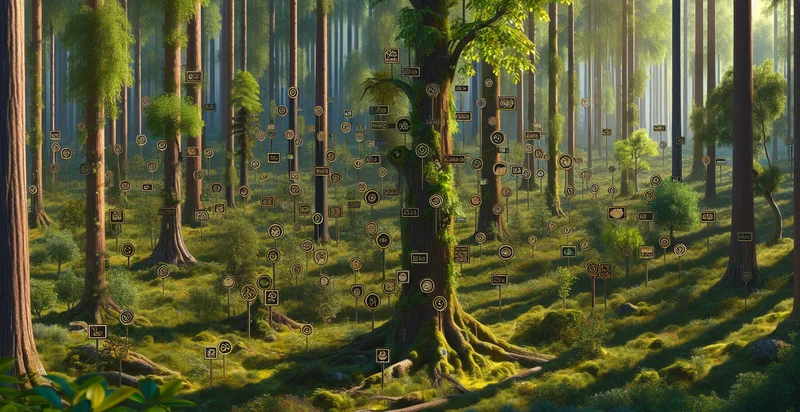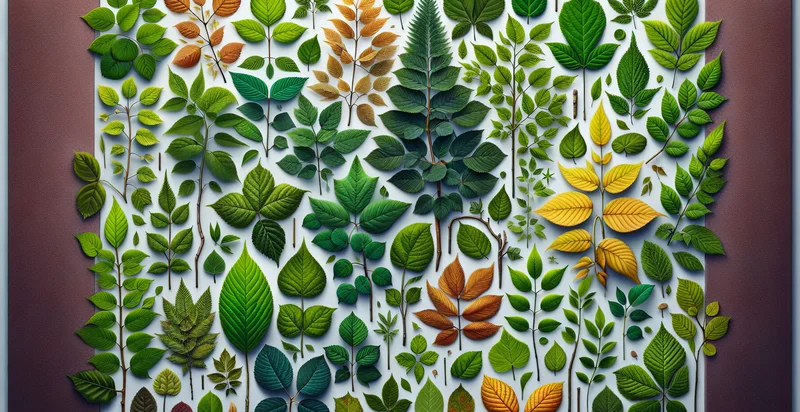Identify tree brands
using AI
Below is a free classifier to identify tree brands. Just upload your image, and our AI will predict what type of tree brand it is - in just seconds.

Contact us for API access
Or, use Nyckel to build highly-accurate custom classifiers in just minutes. No PhD required.
Get started
import nyckel
credentials = nyckel.Credentials("YOUR_CLIENT_ID", "YOUR_CLIENT_SECRET")
nyckel.invoke("tree-brands", "your_image_url", credentials)
fetch('https://www.nyckel.com/v1/functions/tree-brands/invoke', {
method: 'POST',
headers: {
'Authorization': 'Bearer ' + 'YOUR_BEARER_TOKEN',
'Content-Type': 'application/json',
},
body: JSON.stringify(
{"data": "your_image_url"}
)
})
.then(response => response.json())
.then(data => console.log(data));
curl -X POST \
-H "Content-Type: application/json" \
-H "Authorization: Bearer YOUR_BEARER_TOKEN" \
-d '{"data": "your_image_url"}' \
https://www.nyckel.com/v1/functions/tree-brands/invoke
How this classifier works
To start, upload your image. Our AI tool will then predict what type of tree brand it is.
This pretrained image model uses a Nyckel-created dataset and has 31 labels, including Acacia, Alder, Ash, Aspen, Bamboo, Beech, Birch, Cedar, Cherry and Chestnut.
We'll also show a confidence score (the higher the number, the more confident the AI model is around what type of tree brand it is).
Whether you're just curious or building tree brands detection into your application, we hope our classifier proves helpful.
Related Classifiers
Need to identify tree brands at scale?
Get API or Zapier access to this classifier for free. It's perfect for:
- Brand Compliance Monitoring: Companies can use the 'tree brands' identifier to ensure that their brand images are compliant with marketing regulations. By automatically identifying and flagging specific brands in images, businesses can maintain compliance in their advertising efforts and avoid legal complications.
- Environmental Impact Assessments: Environmental organizations can leverage the function to analyze images of landscapes where various tree brands are prevalent. This can help assess ecological impacts and promote awareness of certain brands’ sustainability practices, contributing to informed decisions about reforestation and conservation efforts.
- Social Media Branding Analysis: Marketing teams can utilize this function to analyze social media images associated with specific tree brands. By understanding user-generated content and brand perceptions, companies can refine their brand strategy and enhance customer engagement based on visual data trends.
- Agricultural Product Development: Agricultural firms can utilize the identifier to track and classify photos of tree plantations growing specific brands. This data can support research in product development, including improved horticultural practices, selection of tree species, and assessing market conditions for different brands.
- Waste Management Solutions: Waste management companies can use the identifier to recognize and classify wooden products or packaging that come from various tree brands. By identifying sources, companies can enhance recycling programs and promote circular economy initiatives based on brand-specific wood product life cycles.
- Supply Chain Monitoring: Retailers and suppliers can implement this function to track images of products in their supply chains, ensuring that the correct tree brands are associated with their wood products. This aids in inventory management and helps prevent the distribution of counterfeit or unauthorized goods.
- Eco-labeling and Certification: Certification bodies can employ the 'tree brands' identifier to validate products that claim to be sourced from specific tree brands. By verifying the authenticity of these claims through image recognition, they can ensure transparency and trust in eco-labeling initiatives among consumers.


